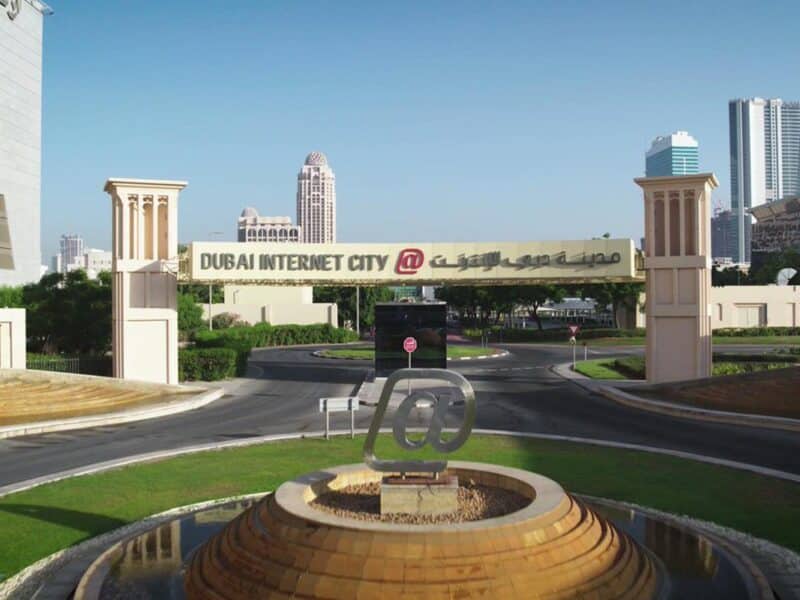Governments must lead the way to tackle the challenge of decarbonising the Gulf Cooperation Council’s energy sector, with a combined effort from the private sector and civil society.
The GCC constitutes a 2.7 percent share of global greenhouse gas emissions, but is host to a population that is less than one third of that percentage, according to GE’s latest report “Pathways to faster decarbonisation in the GCC’s power sector”.
GCC countries are among the highest per capita consumers of electricity in the world, ranging from 103 percent to 430 percent above the global average of 3.5 megawatt hours (MWh). Beyond this, demand is expected to increase by 2030.
“Governments, the private sector, and civil society across the GCC all need to work collectively towards addressing the climate challenge. However, governments will have to take the lead to proactively structure policies, frameworks, and marketplaces that are conducive for participation by private investors and encourage the adoption of lower carbon technologies including carbon capture and sequestration,” the report found.
While adding renewable elements to a country’s grid brings down its carbon footprint, new challenges emerge, specifically grid instability.
“Early adopters of renewables are realising the need to strengthen grids with additional technologies, to achieve critically required levels of flexibility, scalability, dependability, and to maintain grid inertia, the absence of which can result in instability, power quality issues, and blackouts,” the report said.
But in the GCC, where thermal power through liquid fuel and gas-fired power stations accounted for 98.7 percent of the installed power generation capacity in 2019, decarbonisation is integral to meeting global climate goals.

Countries in the region, including the UAE and Saudi Arabia, have begun to introduce renewable energy into their mixes, primarily incorporating solar power. Solar energy plant Noor Abu Dhabi is a key pillar for the UAE to achieve their Energy Strategy 2050. It is the world’s largest stand-alone operational solar plant, located in Abu Dhabi, Sweihan, with a total capacity of 1.2GW and boasting more than 3.3 million solar panels in one site. By 2030, the UAE looks to produce 30,000MW of renewable energy.
In Saudi Arabia, the government aims to build nearly 60,000MW of renewable energy by 2030, nearly as much as its generation of all types of power today. The government plans to get private companies to develop most of that capacity.
Fuel substitution across the region, like replacing liquids with renewables, gas, and other power sources can provide quick wins, the report found, but looking forward, hydrogen-based power and carbon capture will be needed to meet long-term goals.






